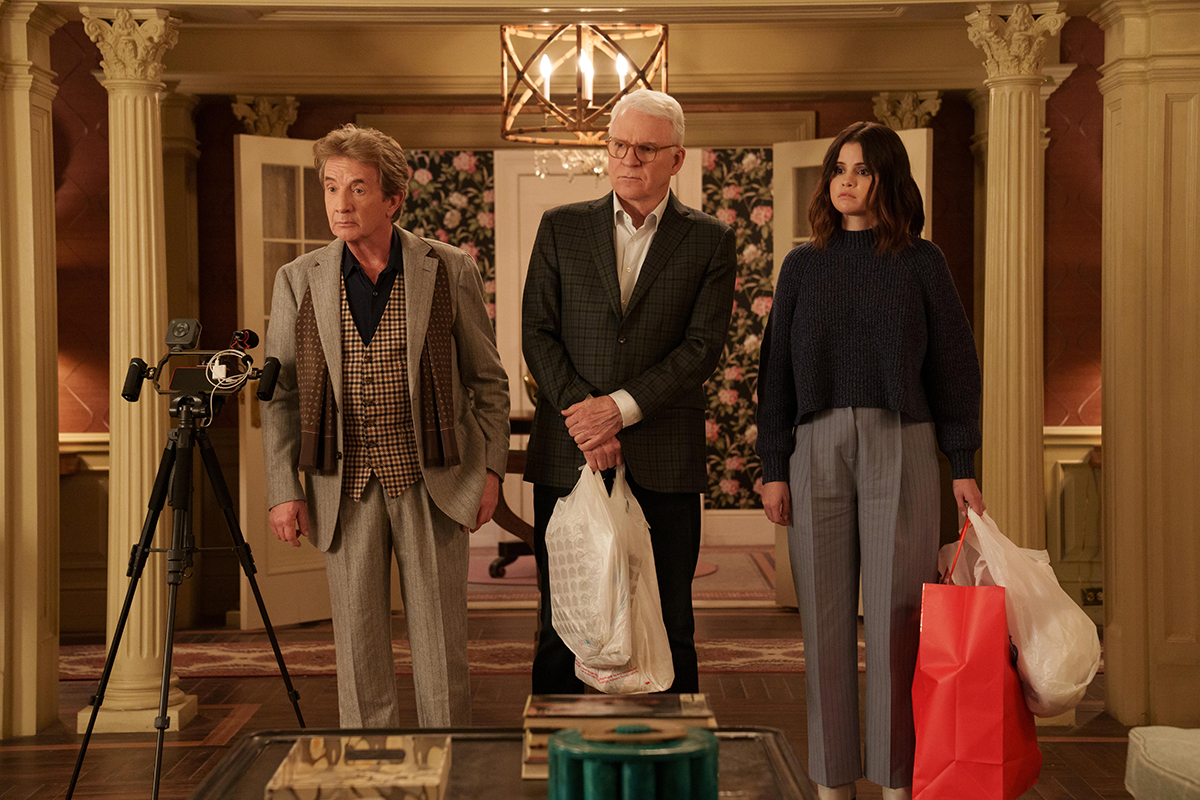Q&A: UCLA alumnus talks Emmy-nominated cinematography for ‘The Marvelous Mrs. Maisel’
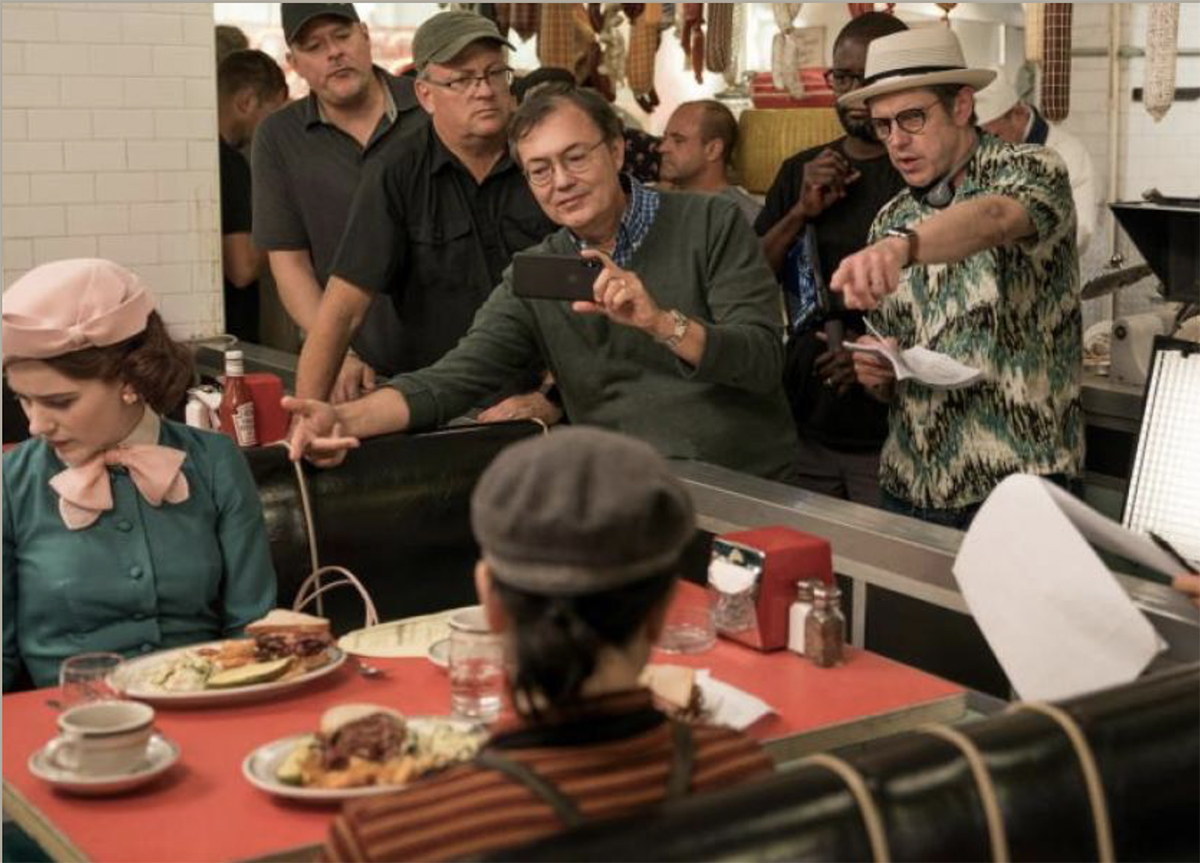
Alumnus M. David Mullen was recently nominated for Outstanding Cinematography for a Single-Camera Series (One Hour) for his work on “The Marvelous Mrs. Maisel.” (Courtesy of M. David Mullen)
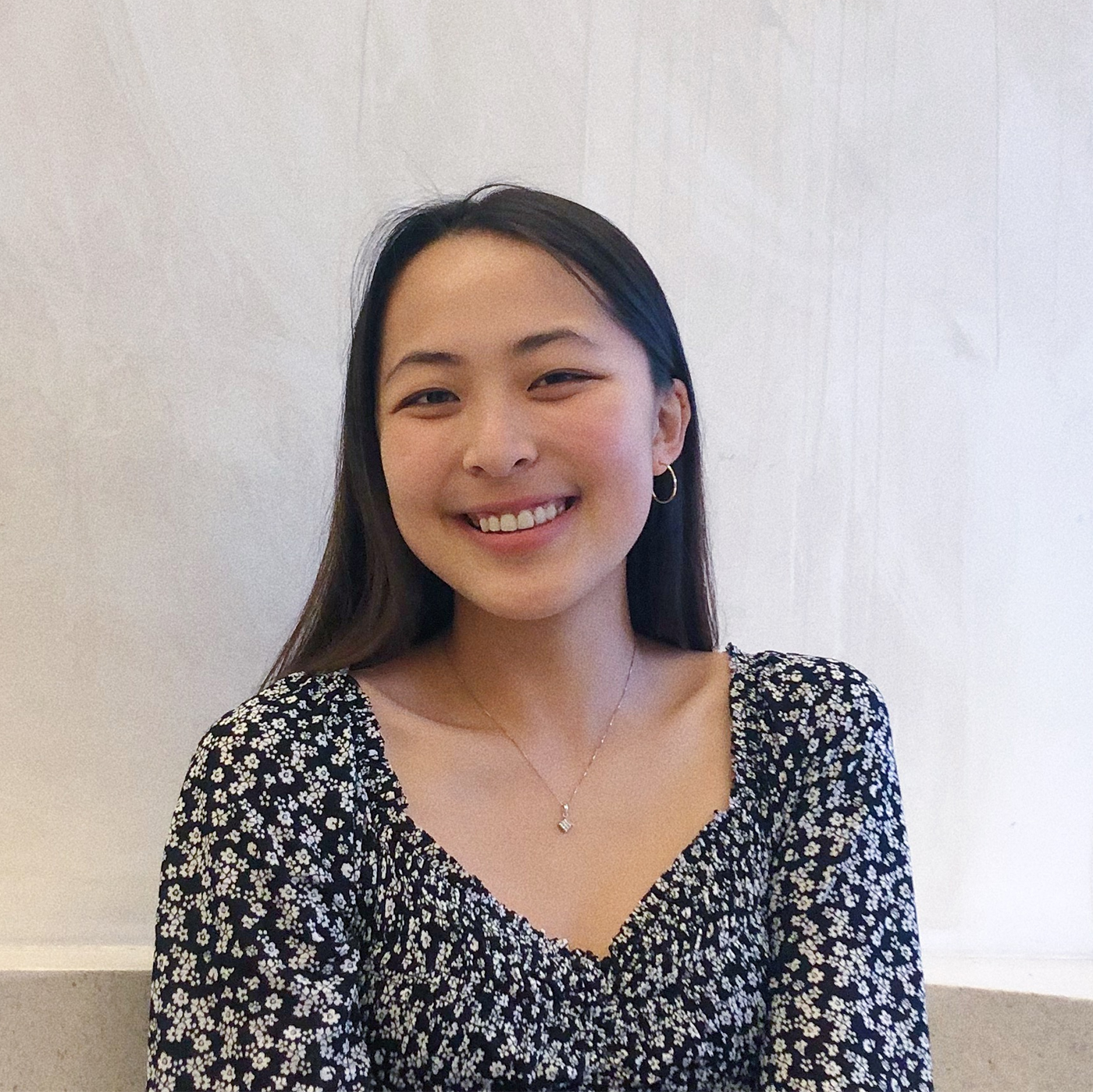
By Ashley Kim
Sept. 7, 2022 6:05 p.m.
Beauty is in the eye of the Steadicam camera for M. David Mullen.
The alumnus and cinematographer received his fourth Emmy nomination in Outstanding Cinematography for a Single-Camera Series (One Hour) for his work on the fourth season of “The Marvelous Mrs. Maisel,” which he has worked on since its inception. Set in mid-20th century New York and filled with complex, movement-driven sequences, it follows the titular talented Miriam “Midge” Maisel as she navigates the stand-up comedy scene.
Mullen spoke with the Daily Bruin’s Ashley Kim about the planning and execution of deft camerawork in the penultimate season of the period comedy.
This interview has been edited for length and clarity.
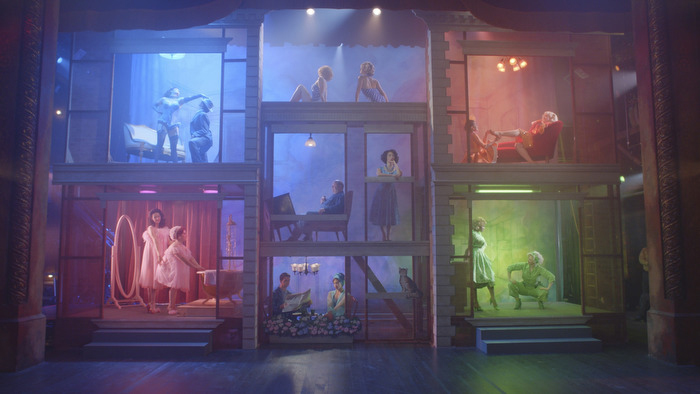
[Related: Q&A: Alumnus Stephan Fleet discusses Emmy-nominated visual effects for ‘The Boys’]
Daily Bruin: How did you decide to use the single camera setup for the show?
M. David Mullen: When we have group scenes, we plan coverage, and I’m often asked if a second camera could shoot part of the coverage. It’s often not possible because of the style of our show – we tend to shoot close and wide angle because of how our Steadicam moves and the movement of the actors. So if the main camera is only three or four feet from the actor and it’s half-spinning around them, it’s very hard for a second camera to get a shot of anything useful with the other camera in (its) way all the time. Multi-camera shots tend to be longer lenses from farther away so you have room to put both cameras, and they can not see each other.
DB: What does the process for planning out the shots for each episode entail?
MDM: We get our scripts a few weeks before we shoot the episode. We have an outline before that to work from so we can get locations, and as we get closer to the week before shooting, when we start doing our tech scouts with a crew on their locations. That’s when we’ll start to lock down what sort of equipment we need, what needs to be visual effects, (and such). Sometimes, some things are worked out during the shoot. If we have two weeks to shoot an episode and this complicated scene is coming up in the middle of the second week, we’re still discussing our plan for that scene even while we’re shooting.
DB: Were there any particularly difficult sequences to shoot this season?
MDM: The “Femininity” musical number on the burlesque stage – a single shot where the camera floats up on the stage, goes through part of the set, spins 180 degrees around, rises up to the second level, tracks across and then lowers again and goes back through corners of the set and spins 180 degrees and backs up and pulls away until it ends up where it started. That shot was probably the hardest camera-move lighting setup we did on that season. But it ended up going fairly smoothly once we figured out how to do it.
We actually had to rehearse (the sequence) before we even completely choreographed the scene because it was important for the choreographer to see where the camera was for each beat of the music to time all the movements to the camera. We had a Broadway lighting designer doing our stage shows, and the lighting designer had to hide small lights in the ceilings of the set and put programmable RGB LED bulbs and all the lamps on the set so that they could shift colors sort of magically, even though that’s not how a show back then would have been lit. They didn’t have lights that could change colors back then, so it’s a bit of a magic realism.
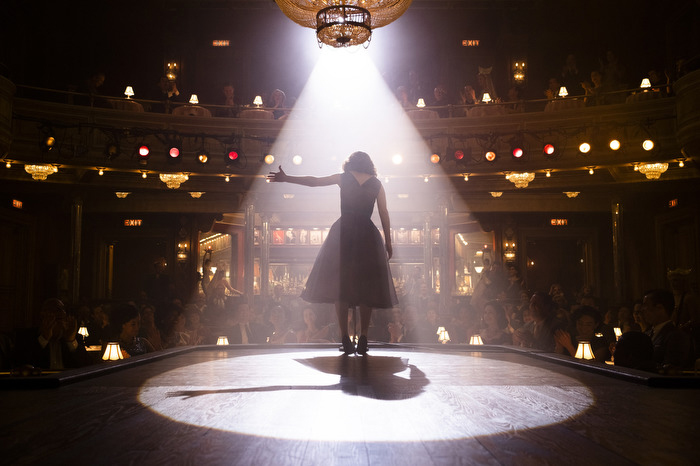
[Related: Alumnus, cinematographer contributes intimate visual language to ‘No Man of God’]
DB: What was your favorite moment to shoot this past season?
MDM: I enjoyed shooting all the burlesque house scenes because they reminded me of the movie “Cabaret,” which is one of my favorite films. Every time we went from backstage to the main stage in a musical number were my favorite things to shoot. I got to work with so many great (people) – the choreographer, the dancers, the lighting designer – so it was a lot of fun to do any musical number.



